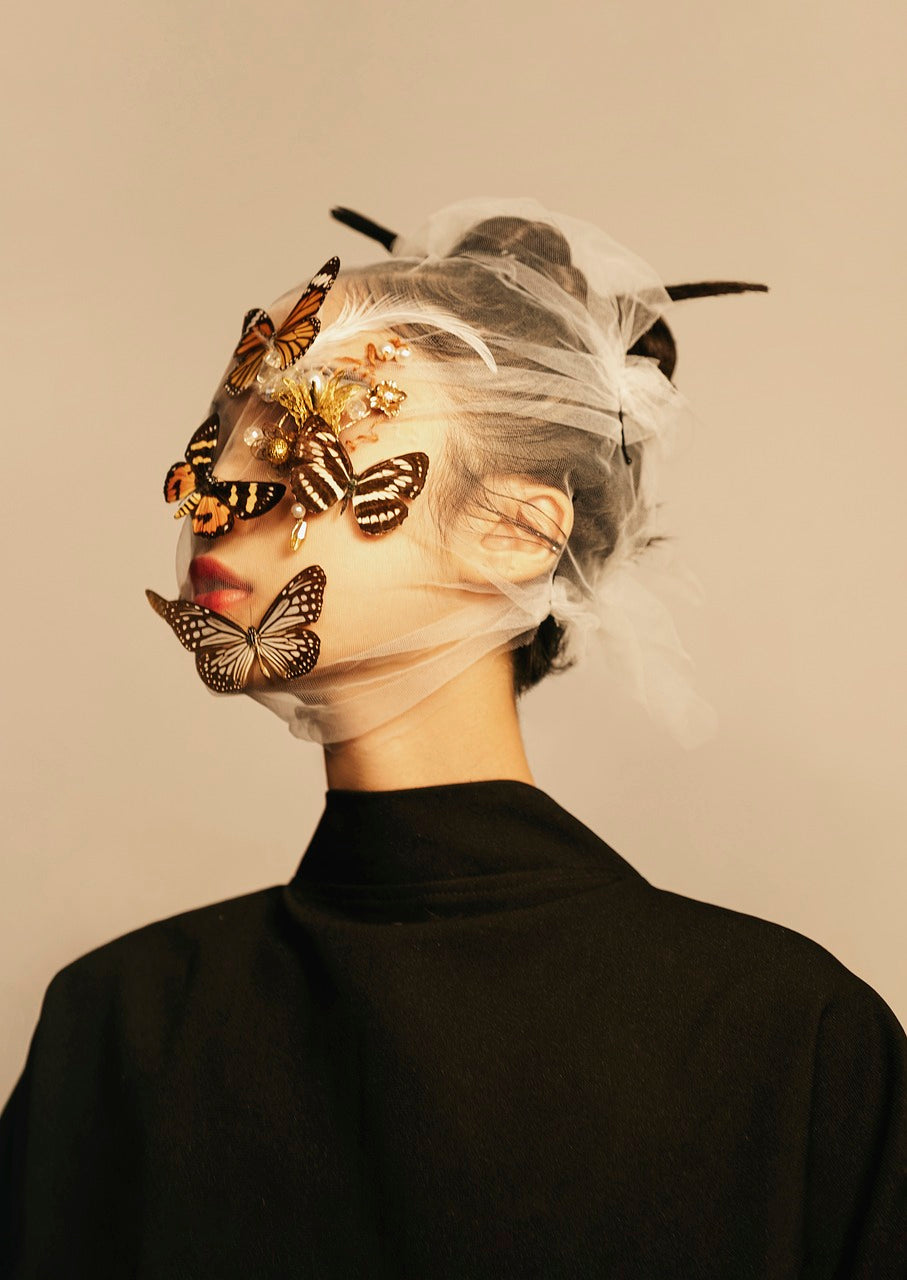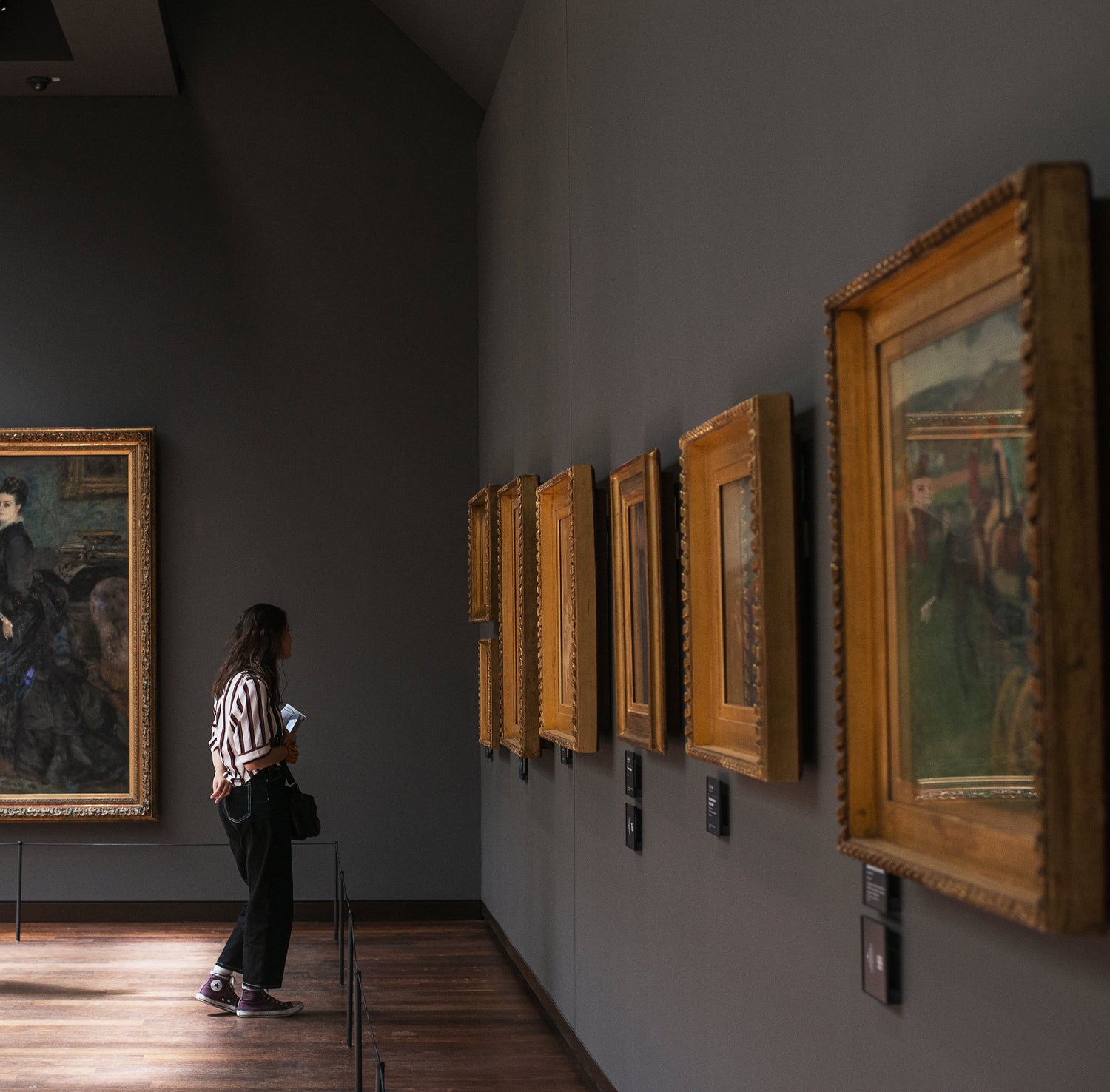
Building Your Art Collection: A Journey of Personal Discovery and Investment
Building an art collection is a deeply personal and enriching experience, blending aesthetic appreciation with cultural exploration and financial investment.
Whether you're a seasoned collector or a novice just starting out, the process of curating a collection can offer immense satisfaction. Here’s a guide to help you navigate the journey of building your art collection.

2. Educate Yourself
Art collecting requires knowledge and a keen eye. Start by educating yourself about art history, different art movements, and the works of prominent artists. Read books, attend lectures, and take courses to deepen your understanding. Online platforms, such as virtual museum tours and art databases, also provide valuable resources for learning.
Visit Galleries and Museums
Regular visits to galleries and museums will expose you to various styles and artists. Engaging with curators and gallery owners can provide insights into the art world and the significance of particular works. Over time, you’ll develop an eye for quality and originality.
Join Art Communities
Joining art clubs or online communities can be a great way to connect with other collectors and art enthusiasts. These networks often share information about upcoming exhibitions, auctions, and other events, helping you stay informed and inspired.
3. Start Small and Grow Gradually
You don’t need to have a large budget to start building your art collection. Begin with smaller, affordable pieces that you love, and gradually expand your collection over time. Prints, drawings, and photographs can be excellent entry points for new collectors. As you gain confidence and experience, you can move on to acquiring more significant works.
Establish a Budget
Determine a budget that aligns with your financial situation and stick to it. It’s easy to get carried away at auctions or art fairs, but maintaining discipline is crucial. Remember, the value of your collection isn’t just in its price tag but in the personal joy and cultural enrichment it provides.
Document Your Collection
Keep detailed records of your acquisitions, including purchase receipts, provenance, and any related documentation. This will be important for insurance purposes and when assessing the value of your collection over time.



